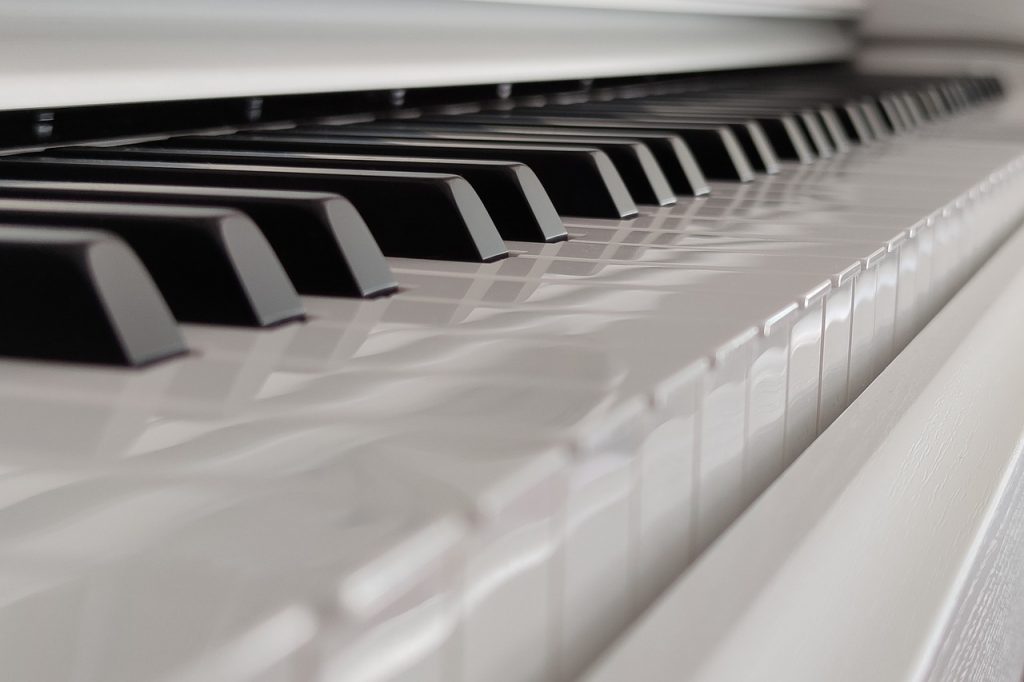Hemiola, a term deeply rooted in the world of music theory, is a rhythmic device that adds a unique dimension to musical compositions. It involves the presentation of two bars of triple meter as if they were three bars of duple meter. This intriguing rhythmic phenomenon plays with the listener’s perception, creating an engaging and unexpected pulse in the music. The term “hemiola” finds its origins in the Greek word “hemiolios,” which means “one and a half.”

Historical context and significance of hemiola
The history of hemiola is rich and diverse, with its roots dating back to ancient times. Composers from various eras have harnessed the power of hemiola to infuse their compositions with dynamism and surprise. In classical music, hemiola emerged as a pivotal tool, reshaping the way musicians approached rhythm. It’s a testament to the enduring appeal of hemiola that it continues to influence modern music, transcending genres, and captivating contemporary audiences.
Beyond its historical significance, hemiola holds a special place in music theory. It challenges our conventional understanding of rhythm in music, offering composers and performers a unique canvas to work with. Understanding hemiola is essential for musicians as it unveils the intricacies of rhythmic structures and expands their artistic horizons. Moreover, hemiola bridges the gap between rhythm and melody, showcasing the limitless possibilities within the realm of musical composition and interpretation.
What are the types of hemiola?
There are two primary types of hemiola: horizontal hemiola and vertical hemiola. These rhythmic techniques add depth and intrigue to musical compositions.
Horizontal hemiola
Horizontal hemiola is a captivating rhythmic technique that introduces duality within a triple meter. It achieves this by emphasizing duple-meter patterns within a triple-meter framework, creating a unique interplay of rhythms. This clever manipulation of rhythm adds excitement and intrigue to musical compositions.
Horizontal hemiola challenges musicians to transition seamlessly between the triple and duple time feel, creating a dynamic and engaging listening experience. It often manifests as a subtle shift in emphasis, making the music momentarily feel faster or slower than expected. Composers use horizontal hemiola to inject energy and surprise into their compositions, keeping listeners on their toes.
Vertical hemiola
Vertical hemiola, on the other hand, is a rhythmic phenomenon that creates simultaneous contrasts in rhythm. It’s as if two different rhythms are unfolding simultaneously, resulting in a rhythmic tapestry that’s both complex and mesmerizing. This type of hemiola often appears in polyrhythmic contexts, where two or more distinct rhythmic patterns coexist, adding depth and complexity to the music.
Vertical hemiola challenges musicians to navigate multiple rhythmic layers with precision and finesse, creating a sense of rhythmic tension and release. It’s a powerful tool in the composer’s toolbox, allowing for the creation of intricate and compelling musical landscapes.
Hemiola in composition and performance
Techniques for identifying hemiola in music
Identifying hemiola in music requires a keen ear and an understanding of rhythmic patterns. Here are some techniques to help you recognize this captivating rhythmic device:
- Syncopation and cross-phrasing: Pay attention to moments where the rhythm seems to cross phrases or emphasize off-beat notes. Hemiola often creates syncopated patterns that disrupt the expected rhythmic flow.
- Changing time signature: In some cases, composers may use a temporary change in time signature to emphasize a hemiola. Look out for these shifts, especially in pieces written in compound meters.
- Repetitive patterns: Hemiola often involves the repetition of a specific rhythmic motif or pattern. When you notice a recurring rhythmic sequence, it could be a hint that hemiola is at play.
Strategies for performing hemiola effectively
Performing hemiola requires both precision and a deep understanding of the music’s rhythmic structure. Here are some strategies for delivering hemiola with finesse:
- Subdivision practice: Work on subdividing the beats accurately. This helps you maintain a steady pulse while navigating the shifts in rhythm that hemiola introduces.
- Listening and ensemble awareness: In ensemble settings, communication is key. Listen closely to your fellow musicians and coordinate the execution of hemiola passages to maintain cohesion.
- Expressive phrasing: Use dynamic and phrasing techniques to highlight the hemiola passages. This adds musicality and ensures that the rhythmic nuances are conveyed effectively to the audience.
Iconic examples of hemiola
Hemiola, with its rhythmic intrigue, has left an indelible mark on the world of music. Here are some notable examples of hemiola in both classical and contemporary compositions:
Classical examples of hemiola
- Tchaikovsky’s “Dance of the Sugar Plum Fairy” (The Nutcracker): In this beloved ballet piece, Tchaikovsky employs hemiola to create a sense of magic and whimsy. Listen for the shifts between triple and duple rhythms that add to the piece’s enchantment.
- Bach’s “Brandenburg Concerto No. 3”: Bach, a master of counterpoint, uses hemiola to great effect in this concerto. The rhythmic interplay between instruments showcases the complexity and beauty of hemiola in classical music.
Contemporary examples of hemiola
- Dave Brubeck’s “Take Five”: This iconic jazz piece is a prime example of hemiola in contemporary music. The memorable 5/4 time signature creates a hypnotic hemiola effect that has captivated listeners for decades.
- Radiohead’s “15 Step”: In this modern rock song, Radiohead employs hemiola to create a sense of tension and unpredictability. The rhythmic shifts keep the listener engaged and add depth to the composition.
Hemiola’s influence on modern music
Hemiola not only affects rhythm but also has a profound impact on melody in music. It creates tension and resolution points in music, influencing the melodic choices made by composers. This interplay between rhythm and melody is what makes hemiola a dynamic and captivating element in modern music. Hemiola has permeated various music genres, leaving a lasting impact on contemporary compositions.
Hemiola in jazz and fusion
In the world of jazz and fusion, hemiola is a versatile tool that allows musicians to experiment with complex rhythms. Jazz standards often incorporate hemiola to add an element of surprise and improvisation. Musicians like Miles Davis and John Coltrane have explored the possibilities of hemiola in their groundbreaking compositions.
Hemiola in pop and rock
Even in the realm of pop and rock music, hemiola finds its place. It’s used strategically to create catchy hooks and rhythmic variations that keep listeners engaged. Contemporary pop stars like Beyoncé and Ed Sheeran have incorporated hemiola into their chart-topping hits.
Hemiola in world music
In the diverse landscape of world music, hemiola is a common rhythmic device. From African drumming to Indian classical music, hemiola is used to craft intricate rhythms that reflect the cultural richness of these genres. It adds depth and authenticity to the music, making it a vital element in world music compositions.
The practical value of hemiola
For musicians and pianists, understanding and utilizing hemiola is a practical means of enhancing musical expression. It’s a tool that can elevate compositions and performances, offering a creative edge.
Hemiola isn’t merely theoretical; it’s a tangible asset that can enrich your music. Embrace its rhythmic versatility to unlock new possibilities in your musical journey.
Author of this blog post:
Susana Pérez Posada

With over seven years in piano education and a deep passion for music therapy, Susana brings a unique blend of expertise to Skoove. A graduate in Music Therapy from SRH Hochschule Heidelberg and an experienced classical pianist from Universidad EAFIT, she infuses her teaching with a holistic approach that transcends traditional piano lessons. In her writings for Skoove, Susana combines her rich musical knowledge with engaging storytelling, enriching the learning experience for pianists of all levels. Away from the piano, she loves exploring new places and immersing herself in a good book, believing these diverse experiences enhance her creative teaching style.
Edited and fact-checked by Eddie Bond, multi-instrumentalist performer, composer, and music instructor
Published by Lidya Hovan from the Skoove team














